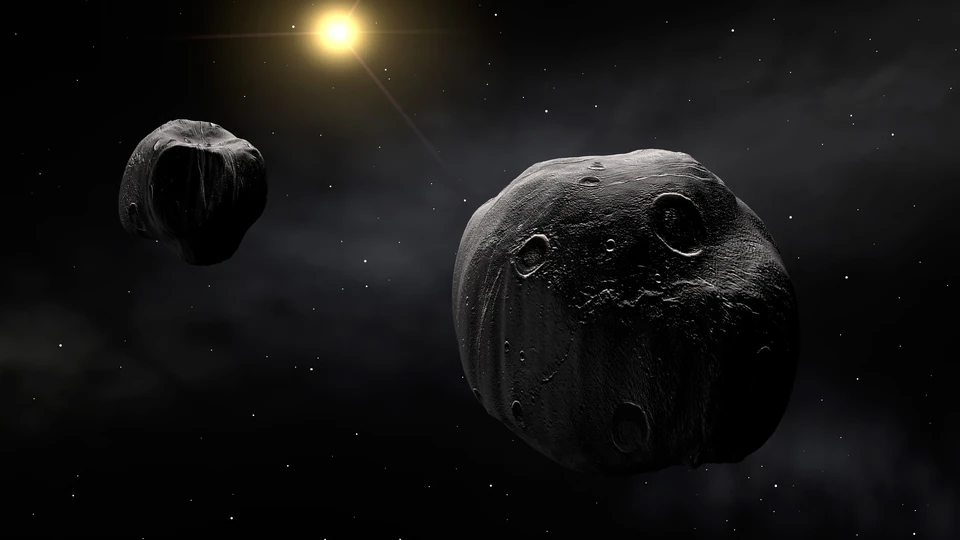By: Yiling Sun
Two huge asteroids capable of creating a disastrous catastrophe will zoom right past Mother Earth this week. Despite being scary to imagine, it’s actually going to be beautiful—as small asteroid crumbs occasionally fall into Earth’s atmosphere, providing us with a free and completely safe aurora.
But don’t worry at all: these asteroids have an absolutely zero percent chance of impacting Earth. They will just be simple passer-biers who might as well be flying by to admire the beauty of our planet. If you’re in the right place, you may be able to spot one of these huge asteroids.
The two asteroids are different sizes. The larger one is huge, with a length of 7,600 feet, about one fourth of the height of Mount Everest. Despite its size it’s passing way too far from Earth to see with the naked eye; the only way to see it is by using a strong telescope.
The smaller asteroid, 2024 MK, can be spotted if you’re in the right place at the right time with the right weather and the right binoculars. It’s a beautiful sight to see—a simple line of light in the sky.
“The object will be moving fast, so you have to have some skills to spot it,” said Juan Luis Cano, a member of the Planetary Defense Office at the European Space Agency.
If you’re someone in the Southwest United States, you might see 2024 MK. If you’re on top of the Mauna Kea volcano in Hawaii, you will probably be able to see it before the sun rises. But if you’re in South America, you’ve got the best view, according to Andrew Rivkin, a planetary astronomer at the Johns Hopkins University Applied Physics Laboratory.
Dr. Rivkin explained in an email: “Passes this close by things this big are rare but happen on decadal timescales — this will be the third (that we know of) this century.”
If you miss the opportunity to see this asteroid, just keep in mind that on April 13, 2029, a bigger asteroid, Apophis, with the length of 1,100 feet, will fly past earth just 20,000 miles above the surface of Earth, which is closer than the satellites that orbit Earth. Scary, but at least you’ll be able to see it with no telescope.
These terrifyingly close asteroids actually help defense astronomers measure the journeys of these huge rocks.
“These measurements will reduce the uncertainties in their motion considerably and enable us to compute their trajectories further into the future,” said Lance Benner, the principal investigator of the asteroid radar research program at NASA’s Jet Propulsion Laboratory. With these better measurements, our civilization will be safe from asteroids.
On June 30th in the year 1908, a space rock exploded over Siberia, destroying 800 square miles of a forest in what has been called the Tunguska event, named after the river that was destroyed by this rock.
2024 MK is twice the length of the rock in the Tunguska event. That’s a huge asteroid, and if it’s that much bigger than the Tunguska rock, just imagine how much life it could destroy.
“The case of 2024 MK is yet another reminder about the fact that there are a lot of large objects still to be found,” Dr. Cano said. These huge space items may impact our planet greatly and negatively if our defense astronomers don’t discover them early enough.











